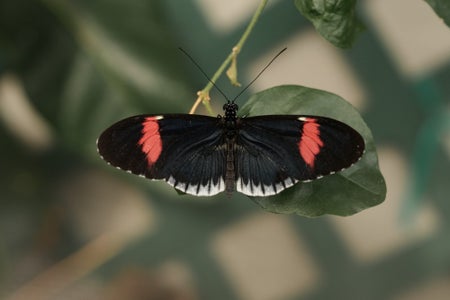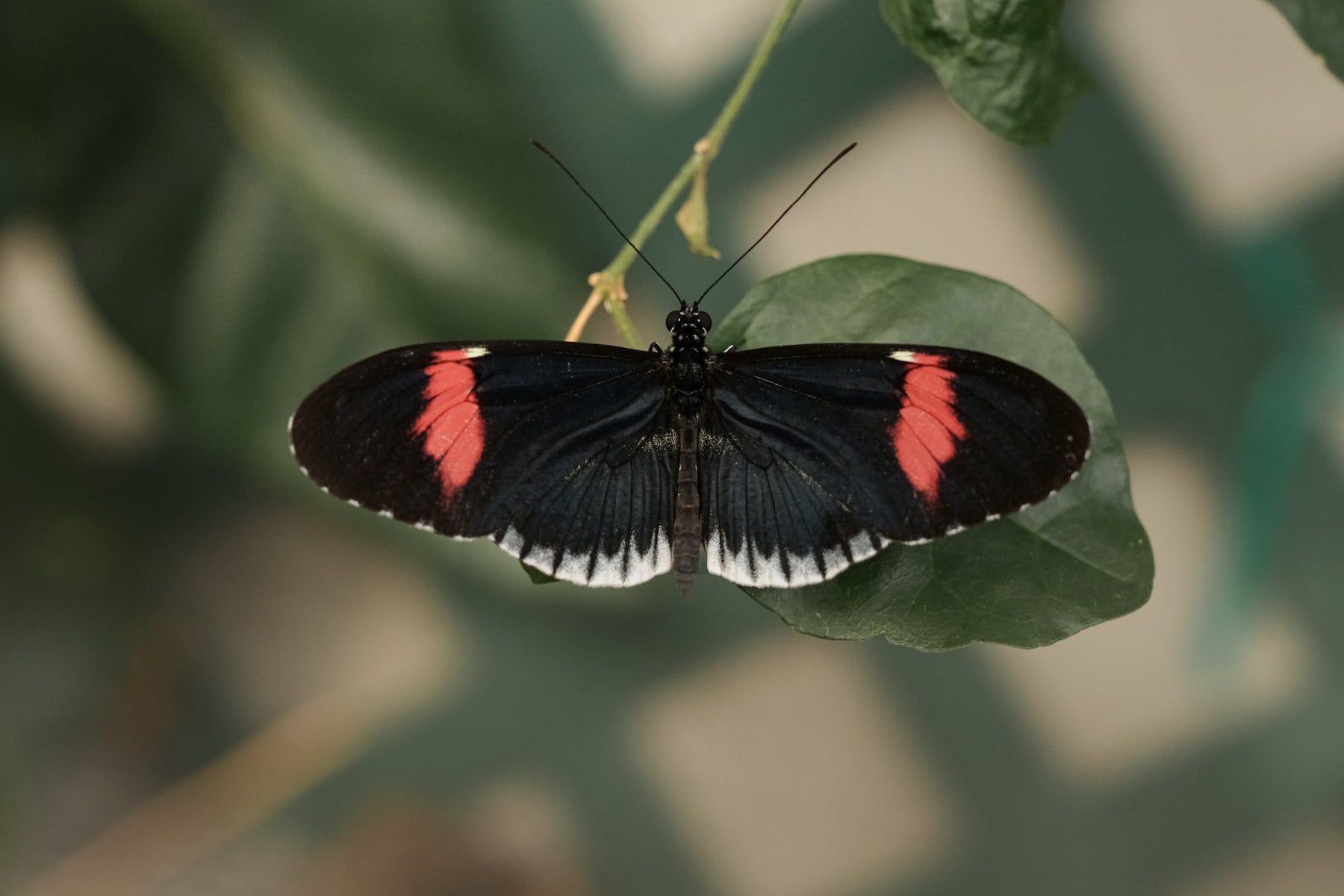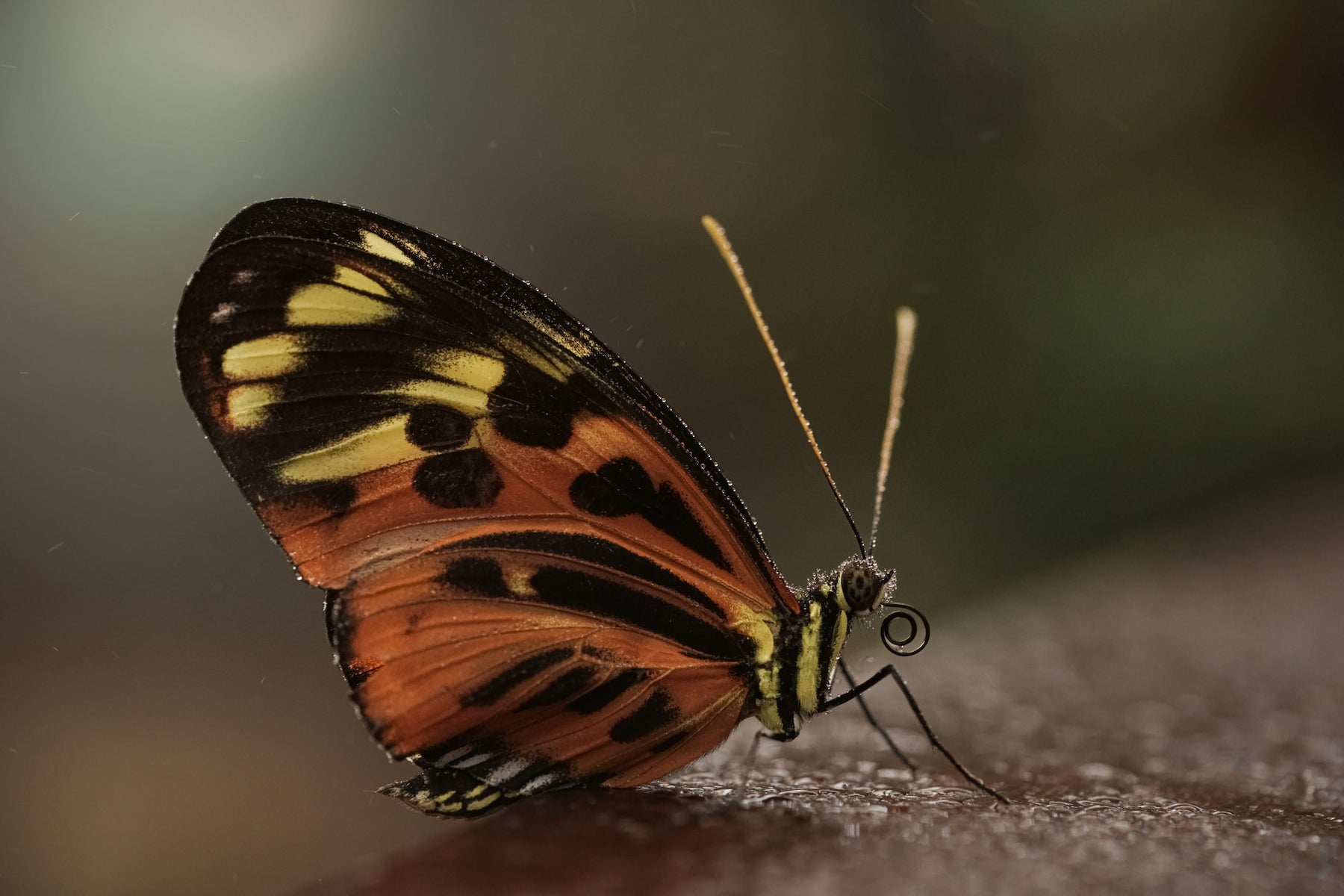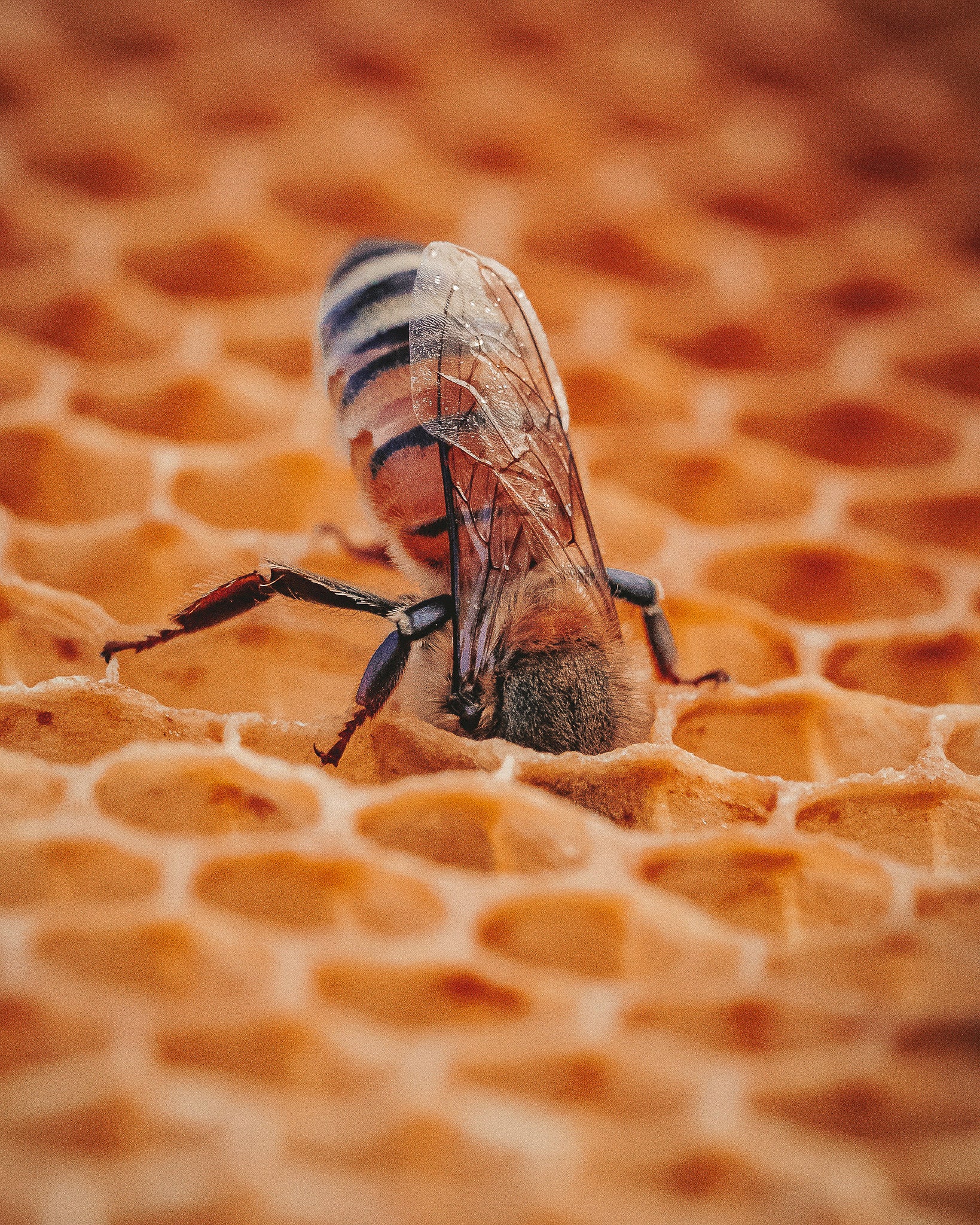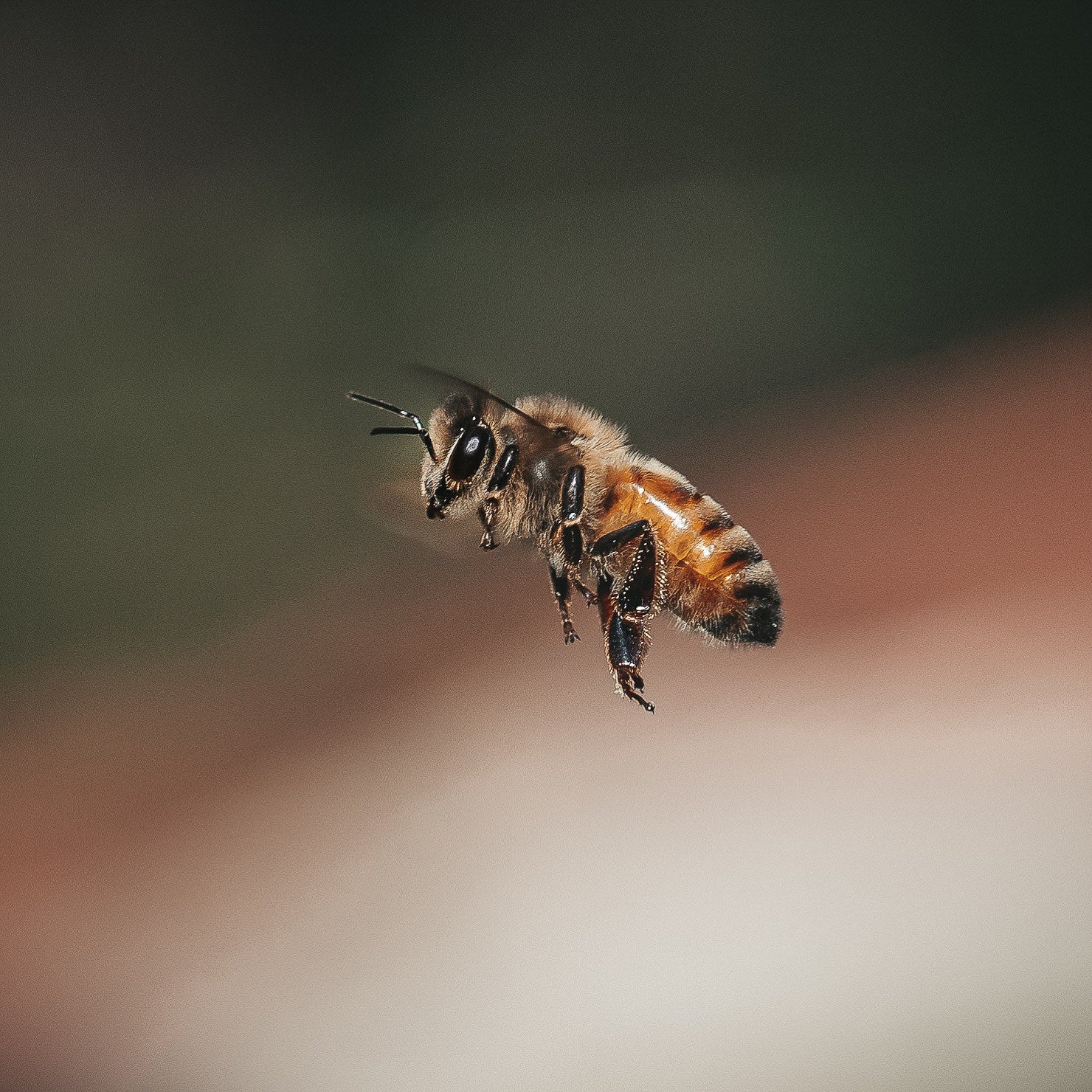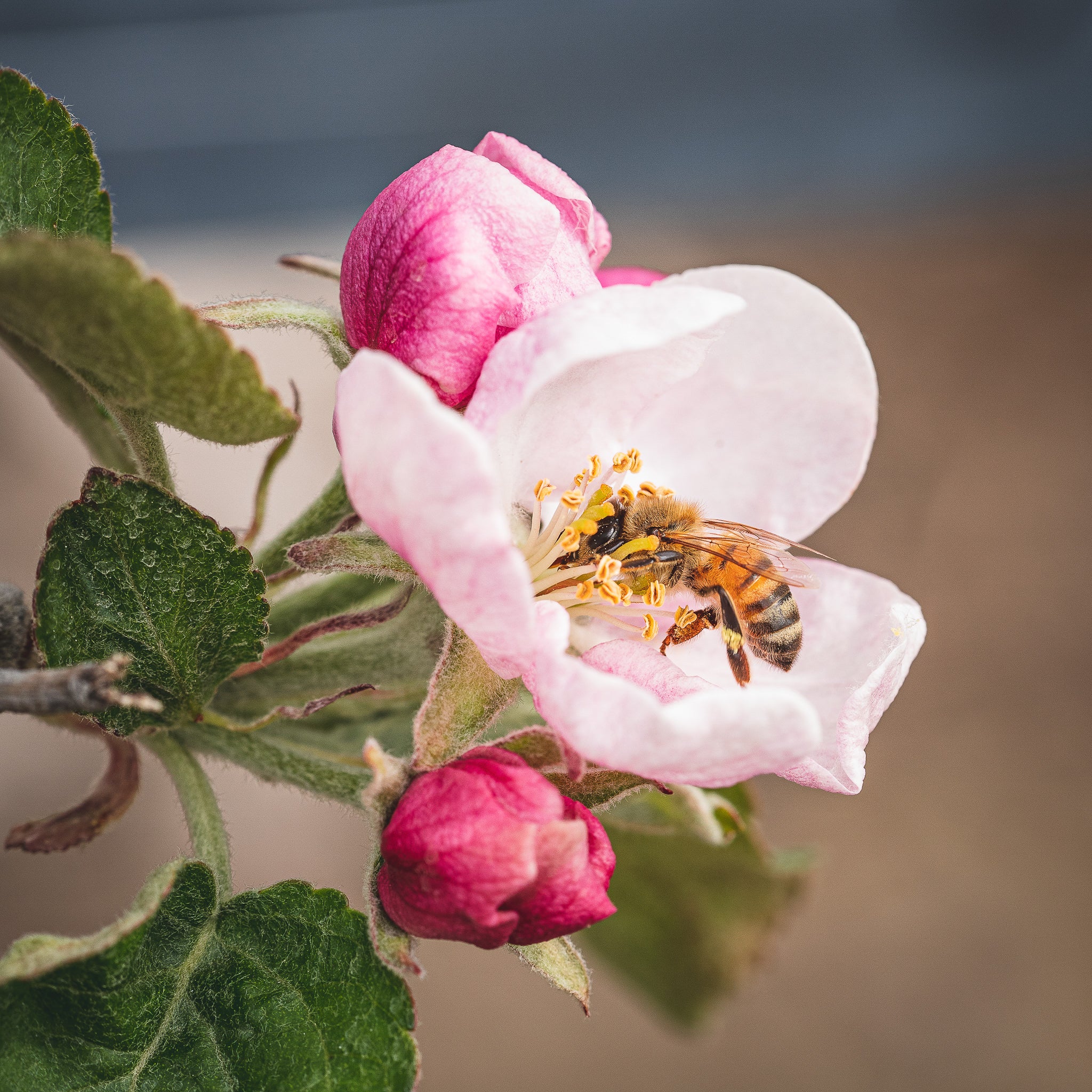What could be a bigger photographic challenge than capturing tiny insects as they quickly zip through the air? Those who have fallen in love with photographing insects at work and in flight can tell you it has quite a learning curve, it is a technical challenge, and you end up with loads of unusable images… but when you finally get the perfect image, it is delightful. We sat down with two Sony shooters and Alpha Females, Hannah Mather and Caroline Jensen, who have spent an inordinate amount of time perfecting the art of photographic insects in flight through different techniques. From the Sony 90mm f/2.8 Macro G lens to the Sony 100-400mm f/4.5-5.6 G Master, they have tested all the incredible glass Sony has to offer. And armed with the Sony Alpha 7R V and the Sony Alpha 7 III, they have dialed in focusing modes, shooting modes and more.
You can connect with Hannah Mather during her LIVE AMA in the Alpha Universe Community Forums on April 24 from 5-7p.m. ET. Hannah will be answering any questions about pollinator and macro photography, gear, editing and building community around your photography work.
Product Preview – In This Article You’ll Find:
–Sony Alpha 7R V
–Sony Alpha 7 III
–Sony 90mm f/2.8 Macro G
–Sony 100-400mm f/4.5-5.6 G Master
–Sony 400mm f/2.8 G Master
Photo by Hannah Mather
Meet Your Experts
Hannah Mather (@hannahshoneycomb) is a previous Alpha Female+ grant winner, a pollinator photographer, a biologist and a beekeeper. The grant provided funding for her initiative called "The Pollinator Project," in which she embarked on a captivating endeavor to document various pollinator species through photography and videography. Hannah skillfully captured stills, videos, and utilized high-speed slow motion techniques to offer a captivating window into the often unnoticed aspects of nature that surround us. Her objective was to encourage people to pause, observe, and recognize the inherent value of the natural world present right in their own backyards, ultimately inspiring a collective effort towards its conservation. As you might imagine, she has mastered the ability to photograph insects in flight.
Photographer and Alpha Female Hannah Mather
Sony Artisan Caroline Jensen (@CarolineJ) is a botanical photographer and flower farmer. She specializes in photographing flowers that are so well-lit, they look like paintings. Of course, as a flower farmer, she has spent her fair share of time photographing insects. Caroline even has a special pollinator habitat on her property where she can spend time photographing insects. Caroline is also skilled with artificial lighting and using it to create the look of your dreams.
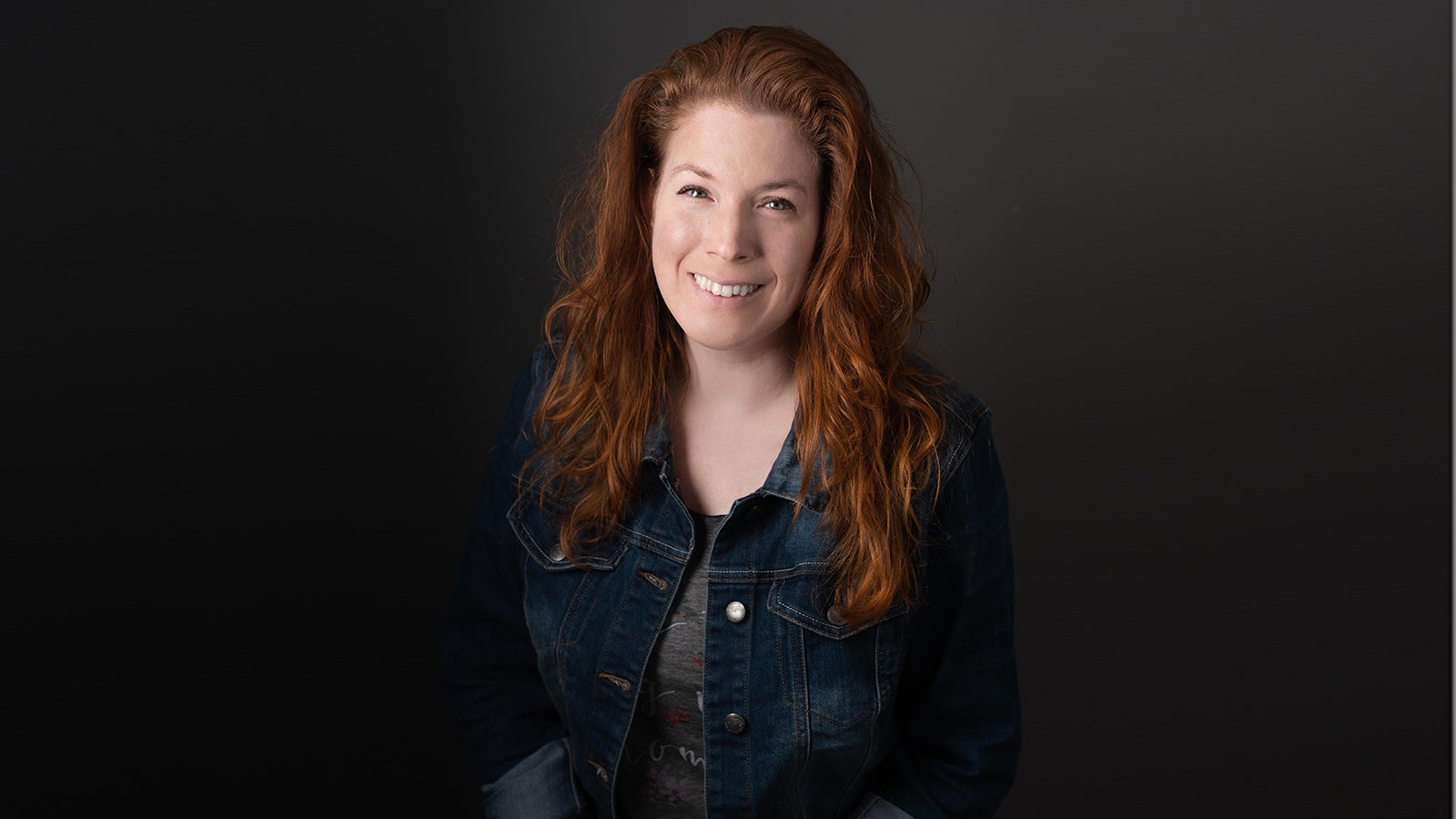
Sony Artisan Caroline Jensen
Setting Up the Camera & Selecting Your Lens
Hannah shoots with her Sony Alpha 7 III and her Sony 90mm f/2.8 Macro G. For macro photography, there is quite a narrow focusing plane, so Hannah typically sets her aperture to f/5.6-f/7, any lower makes it far too difficult to achieve a sharp image. For shutter speed, her rule of thumb is to double your focal length, at a bare minimum, so for this setup, she sets it at 1/180-sec. to start out. Then, she adjusts based on how sunny it is.
Photo by Hannah Mather
Caroline uses the Sony Alpha 7R V, primarily for its insect eye autofocus feature (more on that later)! Her lens selection will vary by subject. If she’s in her pollinator habitat photographing butterflies, she’ll pick up her Sony 100-400mm f/4.5-5.6 G Master or her Sony 400mm f/2.8 G Master because butterflies tend to be quite skittish, and the longer focal length allows her to shoot them without scaring them away. Hannah mentioned that she also relies on the Sony 100-400mm f/4.5-5.6 G Master for butterflies, noting that they will even react to shadows in their vicinity, so it’s better to stay further away from them.

Photo by Caroline Jensen. Sony Alpha 7R V. Sony 90mm f/2.8 Macro G. 1/320-sec., f/5.6, ISO 1600
Caroline explained that the Sony 90mm f/2.8 Macro G lens is a great option for photographing a subject like honeybees because the amount of insects is so abundant, you don’t have to worry about scaring them off. The other option for the macro lens is to spend a great deal of time near a patch of flowers until the insects no longer view you as a threat, then they will start flying around you, and you’ll have some great photographic opportunities.
For Caroline’s camera settings, she sets her shutter speed at a minimum of 1/2000-sec. Before she started using the Sony Alpha 7R V, she followed the same aperture settings as Hannah, but now that she can use the insect eye autofocus, that isn’t as big of a concern.
Dialing In Your Focus
While talking with Caroline and Hannah, we learned that focusing techniques will really come down to the subject and what camera you’re using.
If you’re photographing honeybees at or near their hive, you will have thousands of bees around you. This is Hannah’s specialty, she’s found that you can set your manual focus near the entrance to a hive and then fire away. Due to the sheer number of bees, something will be in focus in a matter of time. And, since domesticated honey bees are used to beekeepers, they don’t tend to be as skittish around people.
Photo by Hannah Mather
In other scenarios, Hannah explains her focusing technique, “I always shoot insects in manual focus. I think that makes it much easier for me to at least set a specific distance for manual focus, and then adjust my body to compensate rather than trying to adjust the focus. I found that I can move my body faster than I can adjust the focus.”
This is exactly how Caroline focused, before upgrading to the Sony Alpha 7R V. “The Sony Alpha 7R V set to insect eye autofocus will just lock onto the insect every time. So having the right tool is super important. Insects are so erratic, they move like helicopters, so I was blown away when I got the Alpha 7R V.”
Caroline sets her camera to continuous autofocus paired with medium or low continuous shooting. If she’s working with an insect circling a specific flower, she may revert back to the manual focus techniques Hannah mentioned, but that’s more of a judgment call on the situation.
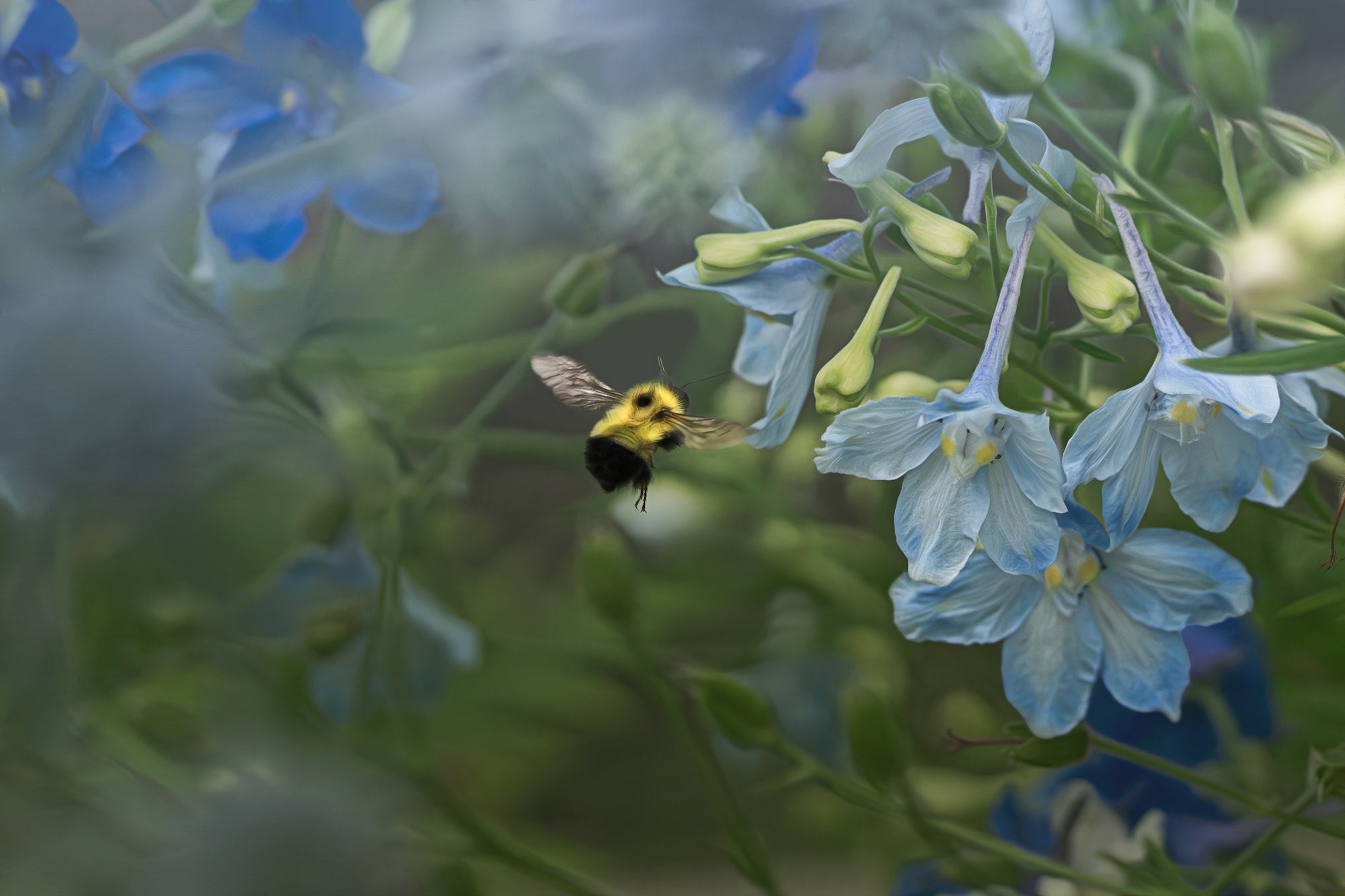
Photo by Caroline Jensen. Sony Alpha 7R V. Sony 100-400mm f/4.5-5.6 G Master. 1/8000-sec., f/4.5, ISO 1000
To Flash, Or Not To Flash
Hannah admits that she might be in the minority of macro photographers who don’t use flash or any kind of external lighting. “For me, it’s a little bit cumbersome to take on my adventures…but I do always have to compensate for a lot of light adjustment in the editing.” Hannah says that Sony camera's great dynamic range allows her to raise up the shadows in her post-processing, so she can achieve great images without external lighting.
On the other hand, Caroline will often use an on camera flash with a diffuser or an off camera flash. She explains that it helps her freeze the action for insects in flight. She does note that an external flash can also disturb the insects, so it has to sit in the area for a while, until the insects realize it’s not a threat.
Both photographers recommend cranking up the ISO to allow your shutter speed to be high enough to capture the action.
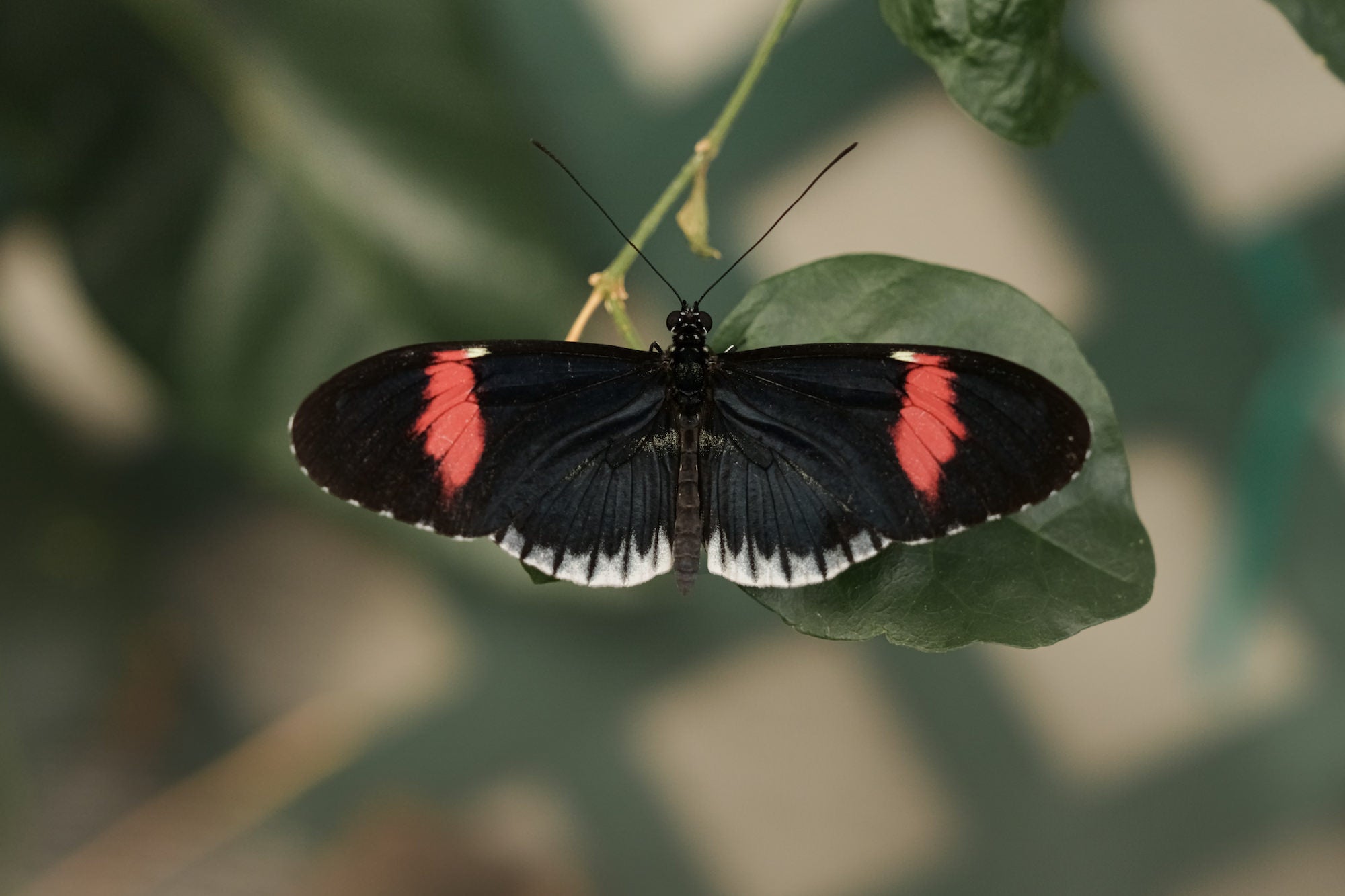
Photo by Caroline Jensen. Sony Alpha 7R V. Sony 24-70mm f/2.8 G Master II. 1/320-sec., f/5.6, ISO 2000
Caroline also talked about other ways to diffuse the light. “I like soft, muted light, I don’t like super bright daylight. But with macro, you can kind of fudge that a bit. You can have a little bit of a diffusion or you can just stand just so and create a shadow which still has that bright sunlight, but it's softer.”
She adds that you need to pay attention to your backgrounds as well, making sure it’s not flooded in sunlight. “The harsh sun behind the subject makes it really hard to see the insects in general. So be mindful of the light in the background.”
Get To Know Your Subject (& Your Flowers)
Both Hannah and Caroline discussed how to find insects and understand their behaviors. As a biologist, Hannah recommends learning about the species you’re hoping to capture. “I would say that my biggest tips for photographing insects in flight are really getting to know the insects that you are trying to photograph and their behaviors so that you can anticipate and be a step ahead of them. They're just so fast that if you're just trying to chase them, you will never be able to get that awesome shot.”
Photo by Hannah Mather
Caroline agrees, and as a botanical expert she also recommends choosing what she calls “predictable” flowers. “Something like a cosmos flower is a turned up flower, and so when a bee lands on it, you're almost guaranteed it's going to be circling in the middle of that flower. So it's easy to focus on the center and know that you're going to get something in focus. They also often have petals that are more separated, so you can get your little focus through the gateway of the pedals and get a really neat picture.”
Knowing your plants will also help you find your target insect. For example, if you’re hoping to photograph monarch butterflies, you’re going to look for milkweed, as it’s the host plant for that species.
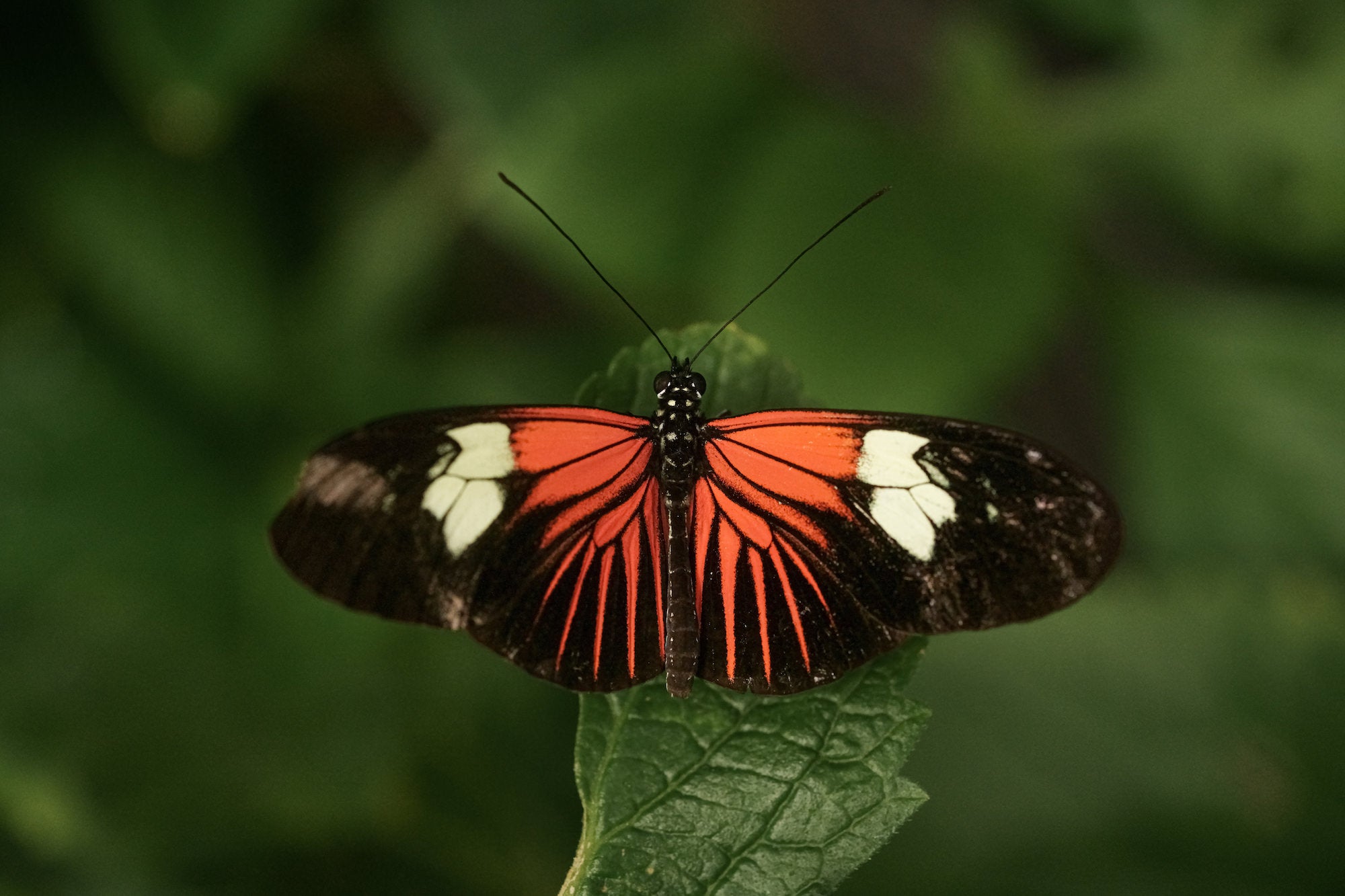
Photo by Caroline Jensen. Sony Alpha 7R V. Sony 90mm f/2.8 Macro G. 1/640-sec., f/5.6, ISO 3200
Put In The Love & The Time
As we mentioned earlier, there seems to be no greater frustration than attempting to capture insects in flight. This means, you need to really love it because it’s going to take up a lot of time.
Caroline recommends spending a ton of time on a specific area where you know more about variables such as light and background. “Really shooting in your backyard of a place close to you so you can repeat your steps over and over again. That will help with the familiarity so that you can dial in exactly what you need. It’s much harder to shoot off the cuff in a new environment.”
Similarly, Hannah notes that if you’re going to put in this much time and energy, you really need to love your subject. “I think that the biggest thing is just noticing the insects and finding love for them. I had a photography instructor once tell me, ‘You’ve got to love the subject more than the camera,’ and that stuck with me for years. What it really comes down to with photographing anything, whether it’s insects or not, you have to know about what you want to capture.”
Photo by Hannah Mather
See more of Hannah Mather’s work on Instagram @hannahshoneycomb. Join her for her LIVE AMA in the Alpha Universe Community Forums on April 24 from 5-7p.m. ET.
See more of Caroline Jensen’s work on Instagram @carolineg.

